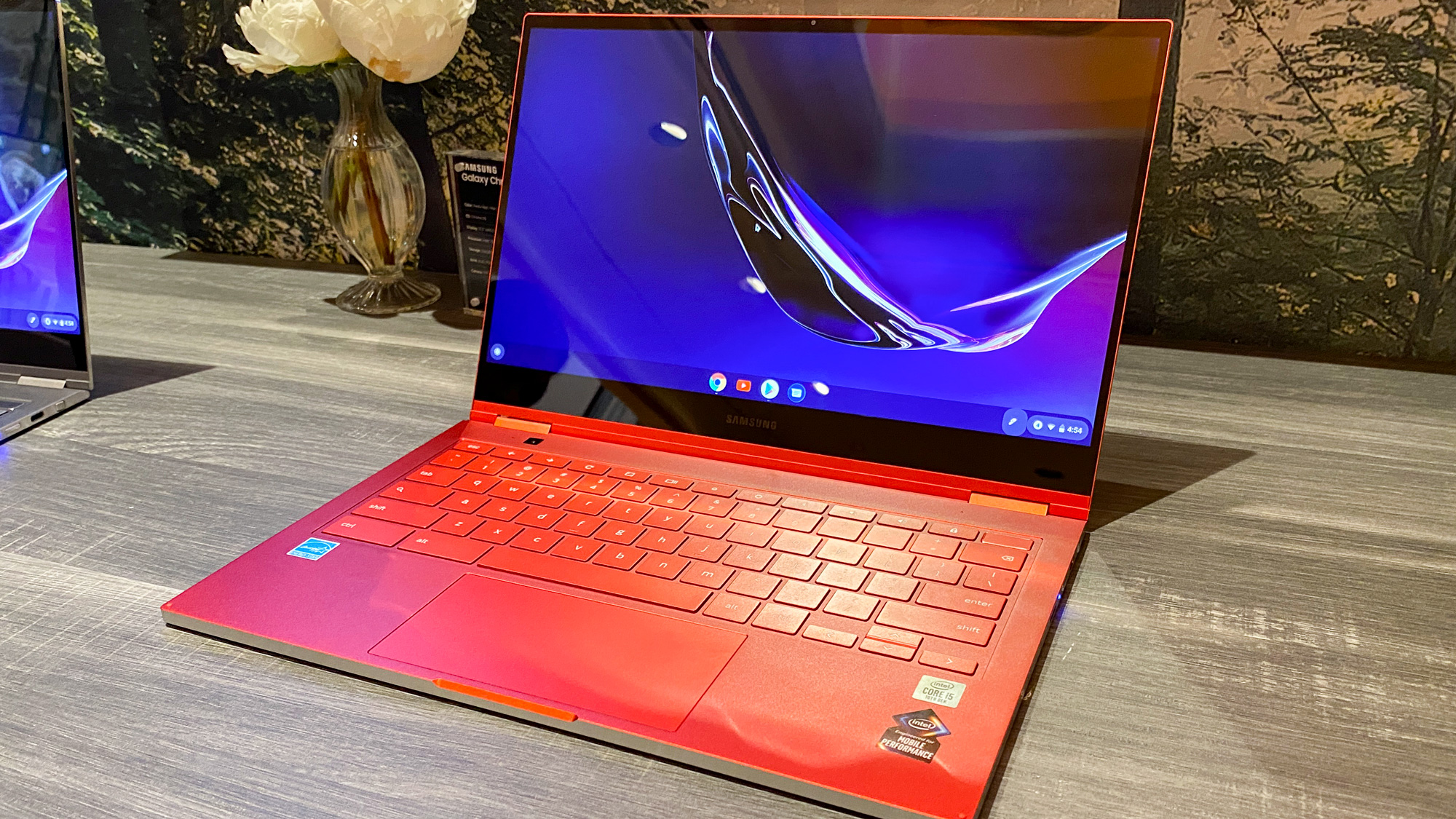Forget MacBook Pro M1 — Samsung bringing killer OLED display to new laptops
Next-gen laptops to use Samsung‘s new 90Hz OLED screen

Laptop screens could soon get a lot smoother and more colorful, as Samsung has announced it’s mass-producing the world’s first 90Hz OLED laptop display for devices launching this year.
Currently, most laptops use LCD displays, usually with a 60Hz refresh rate. Samsung’s OLED panel, which is 14 inches in size, could therefore deliver a richer color palette and deeper blacks, while its higher refresh rate smooths out motion in videos and gaming.
- Check out the best laptops right now
- The best gaming laptops, tested and ranked
- Plus: PS5 has a big problem with Samsung TVs — what you need to know
Samsung Display Chief Executive Officer Joo Sun Choi explained that the 90Hz displays will start appearing in laptops and notebooks from March. So we won’t have to wait all that long to see how the panel performs in the flesh.
It’s not hugely surprising that Samsung would take to mass-producing new OLED screens for laptops, even if it involves selling them to competitors: the company already has experience putting such displays into notebooks, even launching the OLED-equipped Samsung Galaxy Chromebook, albeit at a slower 60Hz. The upcoming Samsung Galaxy Chromebook 2 looks likely to revert to cheaper QLED tech, pointing towards the cost limitations of OLED compared to other panel types.
Equipping Windows 10 laptops with 90hz OLED panels would give them a significant edge over the likes of Apple's MacBook Pro. Even though Cupertino's laptop has an excellent display, it still uses a 60Hz LCD display.
While OLED panels are far from common in Windows 10 machines, they have popped up in some laptops like the Razer Blade Stealth, and the addition of a 90Hz refresh rate would give them a further boost.
With the reveal that Samsung is mass-producing its new screens, 2021 could be the year that OLED laptops turn mainstream. 90Hz could also prove a convenient balance between 60Hz and the 120Hz and 144Hz rates often seen on dedicated gaming laptops. High refresh rates do look better but also drain the battery faster and put greater strain on graphics hardware, so a compromise could be a viable way forward.
Sign up to get the BEST of Tom's Guide direct to your inbox.
Get instant access to breaking news, the hottest reviews, great deals and helpful tips.
Then again, Samsung’s statement also said that “the OLED panels require the use of a high-spec graphics card.” This might just mean a strong GPU is needed to produce the full 90 frames per second when gaming; in general everyday computing use, an integrated GPU should be fine.
But if you do want a laptop with Samsung’s 90Hz OLED display in March it's looking likely you'll need to pay for a high-end machine, at least until such displays become prolific in the laptop arena.
James is currently Hardware Editor at Rock Paper Shotgun, but before that was Audio Editor at Tom’s Guide, where he covered headphones, speakers, soundbars and anything else that intentionally makes noise. A PC enthusiast, he also wrote computing and gaming news for TG, usually relating to how hard it is to find graphics card stock.

